√1000以上 50/200 zero trajectory 160006-What is a 50/200 zero
Ammo Description Velocity (fps) Energy (ft/lb) Trajectory Tables (inches) CARTRIDGE BULLET ITEM # MUZ 100 yd 0 yd 300 yd 400 yd 500 yd MUZ 100 yd 0 yd 300 yd 400 yd 500 yd MUZ 100 yd 0 yd 300 yd 400 yd 500 yd SF 223 Rem 55 gr GMX ® 274 3250 2849 24 2144 14 1557 1290 991 753 561 411 296 15 14 0 71 218 470 AG 223 Rem 55 gr HP Other riflemen who routinely hunt areas where shots of 300 yards or more aren't uncommon sometimes opt for a 0yard zero This places that same 270 bullet 04 inches low at 25 yards, 141 inches high at 100 yards, 251 inches low at 250 yards and finally slips below the 6 inch vital zone at 257 yards So with a 0 yard zero, a hunter can So you can square, plumb, and level up when aiming at a building, door, car, or person The Eotech is a great optic Too easy The 50/0 zero is similar in theory to the 25/300 zero The choice is yours I prefer the 25/300;

Barrel Length Trajectory And Learning Your Zero Everyday Marksman
What is a 50/200 zero
What is a 50/200 zero- The trajectory path at 50 yards is 12 inches high, at 100 yards the bullet is 29 inches high, at 0 yards 23 inches high and at 300 yards the bullet only drops 38 inches Now when you go back to Georgia swamps, you might consider re zeroing at 100 yards for making head shots at shorter rangesI'm pretty sure most of my shooting will be 25/50/75 yards and occasionally go to the outdoor range and shoot But knowing me, I'll probably end up going outdoor more often as I'll fall in love with longer ranges Anyways, with me thinking a 50 yard zero, I plugged in some numbers about the rifle, scope/reticle, and bullets I purchased



Battlesight Zero For 7 62x39 Gun Forums
Now to compare the blue line to represent subsonic rounds to the red line big trajectory difference as one would expect Figuring out holdover on the fly (and without a dualreticle optic) is a nonstarter in this case For the subsonic zero range 10/100 yard zero That setting leaves me 2″ high at 25 yds, 3″high at 50 yds, back to 2″ atExtensive information about rifle cartridge trajectory maximizes the point blank range of the rifle and cartridge and is superior to zeroing at a fixed distance like 0 yards This system maximizes the distance in which no "hold over" is necessary 0221 Fireball (50 BT at 2995)238 14"07" 15"@116 PPC (50 Sp at 30 A 0 meter zero has the happy coincidence of an initial trajectory crossover at 50 yards, a distance available on almost all civilian ranges including many indoor ranges This makes it easy to achieve a 0 meter battlesight zero without recourse to surveying your own range
Zeroing your AR15 Ballistics 101 the 50 yard zero brought to you by Midwest Shooting Enthusiast MSEReid Henrichs Channel https//wwwyoutubecom/user/rei A variation of the above Here the ammo is M855 (62 grain steel core) showing a 0 and 300 meter zero Actually the 0 meter zero is also a 50 meter zero and the 300 is also about a 26 meter zero since the bullet path crosses the line of sight twice Start your zero distance for 50 yards Once all your data is put into your Ballistic Calculator, run a solution graph for 0 yards Enter 0 into the distance and press calculate Focus on the Path (in) column, look for the highest positive number It will likely be around 150 yards and somewhere around 13"
i own a 2506 and so do a few of the local hunters i know everybody but myself zeroes them at mpbr that is three inches high at 100 yds i use a ballistic reticled scope so i zero at 0 yds or 16 inches high at 100 yds using hornady 117 gn interlock bullets exclusively theres some great advice from the crew on this subject best of luck The 25yard zero climbs over the pointofaim at 25 yards and only reaches approximately 2/10″ before falling back through pointofaim again at 50 yards This is a pretty flat trajectory, but the 30yard zero looses its attractiveness as it drops down to 537″ below pointofaim at 100 yards Still, it is a good zero With a zero of 100 yards the 223/556 round will impact approx 3/4″ low at 50 yards and around 225″ low at 0 yards 25 Yard Zero – I don't care at all for sighting in at 25 yards When zeroed at 25 yards the round will also be zeroed at 300 yards This strategy does not provide much of an advantage unless longer range shooting is



Quantifying The Effects Of Elastic Collisions And Non Covalent Binding On Glutamate Receptor Trafficking In The Post Synaptic Density




Pdf Stabilizing Climate Requires Near Zero Emissions
The best zero distance for a 243 Winchester is 25 yards At 25 yards, a 100 grain, 2960 fps, 243 bullet will have a maximum point blank range of 296 yards and hit roughly 3″ high (27″) at 100 yards This 25 yard zero will allow you to aim dead on target all the way out to 300 yards #8 The old school 0 yd zero for a hunting rifle would be a huge waste of the 65 capabilities Not to say my old 270 has changed in more than years, 100 175, 0 0, 3006 inches Feather weight 1 cold bore shot wounder That stuff worked with a plain or duplex type reticle and capped turrets First is the trajectory deviation between 50 and 0 yards is much narrower when using a 0 yard zero This gives me a lot more confidence in engaging targets up to 0 yards without making elevation adjustments



Arma Dynamics Red Dot Zero Targets




Redback One On Zeroing And Accuracy
I shoot tactical carbine matches and drills Of course, I also want to be ready for any real situations Shooting distances are from up close to around 100 yds I know, for instance, the recommended zero for 556X45 is 50 yds and you are zero again at about 0 yds The 762X39 doesn't shoot as A 0 meter zero has the happy coincidence of an initial trajectory crossover at 50 yards, a distance available on almost all civilian ranges including many indoor ranges This makes it easy to achieve a 0 meter battlesight zero without recourse to surveying your own range The 50/0 zero is highly precise at 50 to 0yards With a 50/0 MPBR zero, there is only a 3 to 4inch difference in point of aim and point of impact from 50yards to 250yards So at 100yards, it will strike above your 50/0 zero but only 3 to 4inches above At 250yards again, it will only strike 3 to 4inches below your point of aim




Energies Free Full Text A Nonlinear Control Strategy For Dc Dc Converter With Unknown Constant Power Load Using Damping And Interconnection Injecting Html



Holdover And Aim Points Shooters Notes
The 50/0 or 25/300 zero is a myth The charts all clearly show that there are different impact points Sure, they are pretty close, especially with a ″ barrel, but do not think that because you zeroed at 50 yards it also means you're dead on for 0 Always verify at the further distance if that's your goal basically, the 0 grain bullet is 5 in high at 50 yards sighted for 100 yards that is 35 inches at 150 yards i would assume, since the bullet is rising, that at yards it is less than 5 in, say maybe 25 in since this is basically a brush gun, you would think more thorough data would be given for short yardage i am often in the The trajectory looks like it is probably the best setitandforget it "battle sight zero" to use The 0 meter zero drops off to quickly after 250 meters, and the 400 meter zero trajectory launches the bullet like a rocket The 300 meter zero trajectory will provide you hits / 7″ all the way out to 350 meters



No True Zero Don T Be A Basic Bitch Make Your Zero Personal Recoil




Ar 15 Methods For Zeroing Type Sights The Savannah Arsenal Project
For a standard 16" barrel shooting 223/556, the 50yard zero is the flattest shooting and you just need to remember that last 0 yards you start to aim higher and 300 yards, as long as you can see your target, won't be impossible to hit with a red dot For a 105 inch barrel, the 50 or 36yard zero will be ideal 1,563 JohnCushman said In my limited knowledge, 0 yards is usually the upper end of the arc of the bullet going downrange So, zeroing at 0 gives you the true 'zero' of the path of the bullet height Then it's just a matter of a little hold at 0 and less or moreAll trajectory figures are rounded off to one decimal place While environmental factors such as altitude and ambient air temperature affect trajectory, their effect is relatively minor For the record, this table was calculated for an air temperature of 60 degrees F and an altitude of 1000 feet




308 Zero Or 2 100 Yards Texasbowhunter Com Community Discussion Forums



M4carbine Net Forums
It says that at around the halfway point of 250 yards the bullet will have slowed 580fps to a velocity of 25fps, lost 6 ft pounds of energy (now pushing just 1339 lbs), and dropped due to gravitational forces just 593 inches, and all of this in just a fraction of a second (269 of a second)Zero Range 50 yd Chart Range 300 yd Maximum Range 1780 yd Step Size 10 yd Corrected For Atmosphere Adjusted BC 0122 Altitude 0 ft Barometric Pressure 2992 Hg Temperature 59° F Relative Humidity 50% Speed of Sound 1116 fpsMore on why later An Eotech Reticle Below Note the 7 yard hold for CQB hostage shots




How To Zero A Rifle Calibremag Ca



Understanding Zero Is A Critical Skill For Those New To Shooting Rifles
This is a 223 ballistics chart (external) generated using our ballistic trajectory calculator Based off a standard 55gr bullet leaving the barrel at 3,215fps and follows the bullet trajectry all the way to 1000 yards in steps of 50 yard increments The amount of holdover needed to meet the aforementioned level of accuracy is very small with a 100yard zero—approximately 25 inches at 0 yards, 5 inch at 150 yards, and 75 inch at 50 yards The 100yd zero trajectory is not very flat, so you would have issues adjusting POA to hit closer targets If you are shooting CMP Rimfire Sporter and zero at 50 yds, you will need to adjust your rear sight to lower POI by 40" to be in the xring at 25 yds At 25 yds, that's 16 MOA (40 x 4) or two clicks on your TSR 0




Is Your Carbine S Zero Wrong The Armory Life




At What Range Should You Zero Your Rifle Blog
People will say 50/0 is the same but its not at least if you want a good zero A good ballistics calc, like vortex's, with reticle layouts will clearly show the difference This zero provides a very flat trajectory with a maximum ordinate of just over 10" between 50 and 0 yards Thus, when aiming center mass with a 12" standard at 300 yards one could expect that most rounds will impact within 4 to 5 inches from point of aim out to 250 yards I intend on using this for deer in the yard range And before anyone says that's stupid, I have used this caliber for deer for years out of a much less accurate rifle and done perfectly fine at the appropriate ranges I see people say a 25 yard zero will be a fairly flat trajectory out to about 0, but that seems short to me




Zeroing My Ar How Far Is Best The Kommando Blog




Intelligent Maximum Point Blank Range Method
The Santose Improved Battlesight Zero allows for an elevation setting of 50 yards/0 meters for one of the most allaround useful trajectories obtainable with the 556mm/223 Remington cartridge when fired from an AR15Because of the bullets trajectory, if you Zero at 25 meters, you will also be Zero at 300 meters Personally, I prefer the 50/0 yard zero I find this is the most useful trajectory for my type of shooting This Zero setting puts me on target @50 yards, about 15 inches high @100 yards and zero (/) @0 yards I believe the BZO is 25/300 and 50/0 yds I zero my AR at 50 yrds I zero my RR 308 at 100 yds for the same reasons that most people are posting I usually shoot my RR 308 between 100 and 300 yard about 95% of the time A 100 yard zero only needs about 5 minutes to reach out to 300 yds with a inch barrel




Barrel Length Trajectory And Learning Your Zero Everyday Marksman



223 Bullet Drop Chart 55 Grain
0 yards equals 27 MOA which is exactly what we will apply in Step Two to all other distances Now, since we're converting from a 100 yard zero trajectory to a 0yard zero trajectory, we begin by looking at how much we must adjust to rezero to the new distance In this case, our "book" data says this round impacts 54 inches low at 0ARMA DYNAMICS recommends a 50 yard zero for your AR15 rifle The 50 yard zero provides for effective centermass hits on target at the ranges where a carbine is most commonly used A 50 yard zero allows the shooter to use a simple centermass hold to ranges of point blank to 0250 yards, depending on rifle and ammunition combination For a long time, the mantra has been that the 50 / 0 yard zero is the most useful zero for the AR15 platform as it offers a flat trajectory for the 556 cartridge It is good advice and I have a few rifles zero'ed for 50 myself, but it's not the "best zero"




What Range To Zero Your Ar15 50 Yards 100 0 Correction Army 300 Meter Zero Youtube
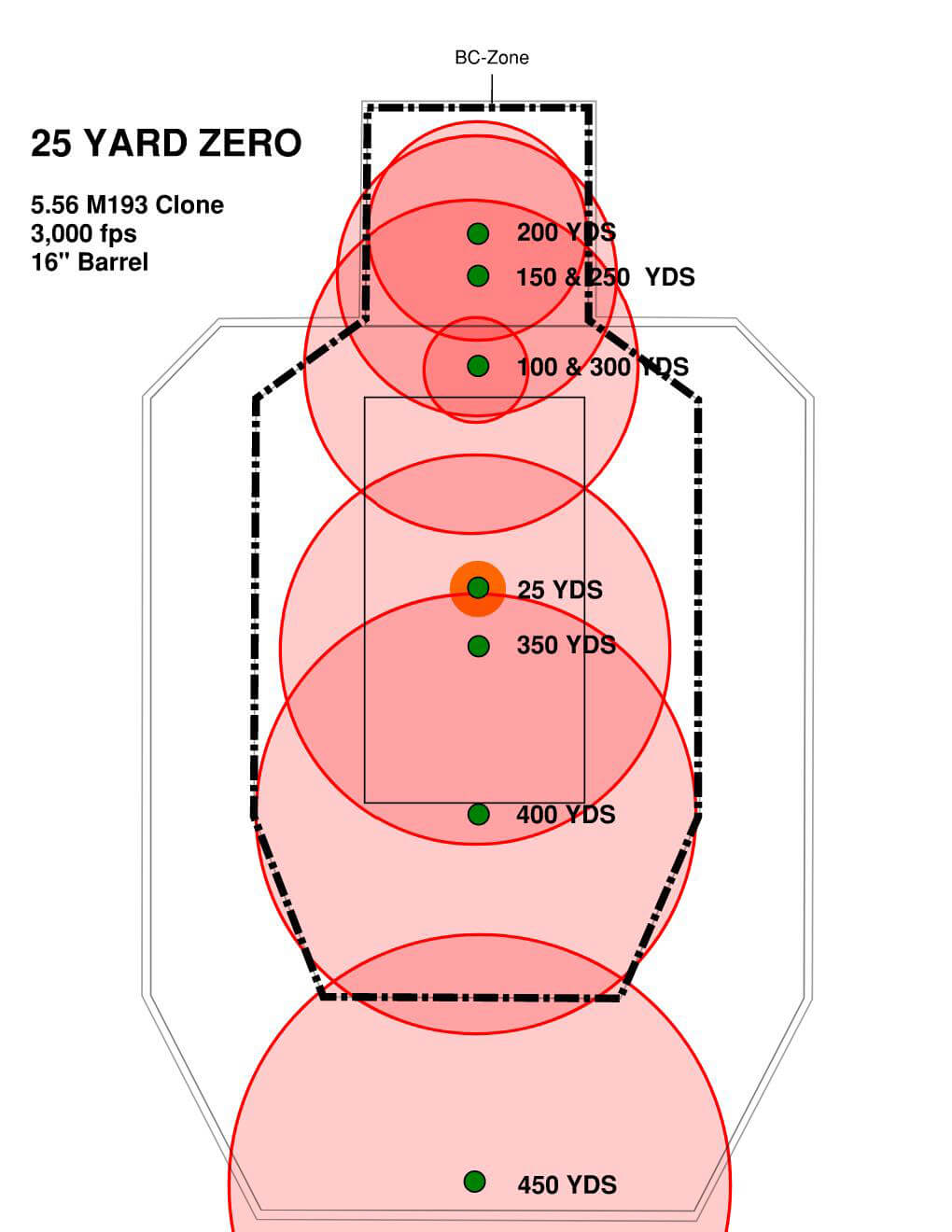



Is Your Carbine S Zero Wrong The Armory Life
to anyone interested 50 yard zero works I sighted in 1/4" high at 50, it's about dead on at 0 Shot some jugs at 250 1" low, and 8" low at 300 That's with American eagle 62 FMJ's Go ahead and sight in at 0 if you want, just saying 50 zero will put it near perfect at 0 243 round the Winchester Ballistic Silvertip, 95gr external ballistics tell us exactly? The 36 Yard Zero Target In the recent carbine courses we have discussed various yard lines to zero your rifles along with the pros and cons of each yard line For those that have attended the courses now know that when it comes to your goto 556 caliber carbine rifle that you would pick because it is best suited for all possible scenarios, the 36 yard zero seems to be the
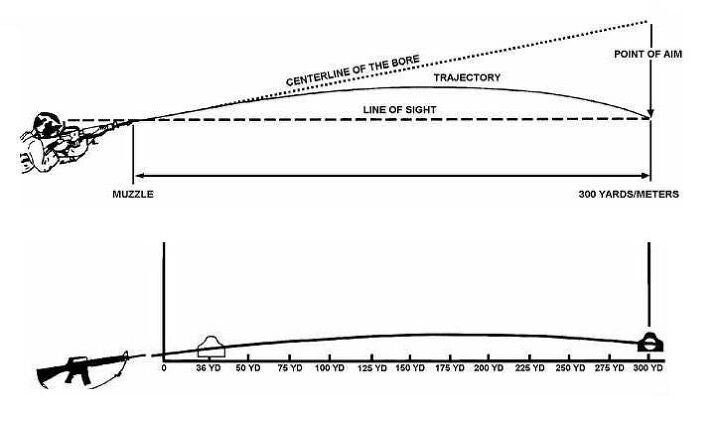



The Best Zero For Your Rifle Is Maximum Hangtime The Firearm Blog




Is Your Carbine S Zero Wrong The Armory Life
Trajectory will vary from those given below All trajectory figures are rounded off to one decimal place While environmental factors such as altitude and ambient air temperature affect trajectory, their effect is relatively minor For the record, this table was calculated for an air temperature of 60 degrees F and an altitude of 1000 feet100 Yard Zero Not a bad option at all With a zero of 100 yards the 223/556 round will impact approx 3/4″ low at 50 yards and around 225″ low at 0 yards 25 Yard Zero I don't care at all for sighting in at 25 yards When zeroed at 25 yards the round will also be zeroed at 300 yards With a 50 yard zero shooting 110gr TSX Black Tip, I'm about 5″ high at 100 yards, back to zero around 125, 2″ around 160 and about 6″ around 0 yards My indoor range says 50, but is actually 44 This turns out to be a great zero as it puts be just under an inch high at 100 yards, back to zero around 140 and about 5″ low at 0




Sighting Distance Ruger Forum




Prilagodite Dobava Lepo Te Je Bilo Srecati Ar 15 50 Meter Zero Target Gasthaus Pilz At
The trajectory of the bullet will continue to rise, and then begin to fall If using the RIBZ on a fullsize rifle, as I do, then click two notches up to the "Z" setting for your 25 meter zero, and then continue using the 300, 50/0, and 100meter settings as normalUsing the Frank Proctor method to achieve 50/0 zero on a limited distance range at 10 yardsFor personal training visithttps//wwwsmarttfirearmsinstructio




At What Distance Would You Zero Your 270 30 06 24hourcampfire




The Critical Supercurrent J C As A Function Of Superconducting Gap Download Scientific Diagram




Zeroing And External Ballstics In Tarkov Picures Inside Escapefromtarkov



M4carbine Net Forums



In Search Of The Best Zero For The Ar Analysis Of Flight Characteristics At Various Target Ranges Ar15



Zeroing Your Firearm Defenders And Disciples



100 Yard Zero On An Ar 15 Page 2 North Carolina Gun Owners



No True Zero Don T Be A Basic Bitch Make Your Zero Personal Recoil



Best Zero For Mk 262 With Buis Rds Calguns Net



Should I Zero My Rifle At 100 Or 0 Yards Quora




Is Your Carbine S Zero Wrong The Armory Life




Zeroing Target 50 0 Yard Zero At 10 Yards Jerking The Trigger




243 Win Vs 270 Win Cartridge Comparison Sniper Country




What S The Best Distance To Zero Your Rifle An Official Journal Of The Nra




Where Should I Zero My Rifle Christensen Arms



7 62x39 Zero Recommendations Survivalist Forum




Make Faster Hits And Improve Marksmanship With Your Point Blank Zero



1



1




Is 36 Yard Zero The Best Up To 300 Yd Effective



Good Zero For Ak The Firing Line Forums



Battlesight Zero For 7 62x39 Gun Forums
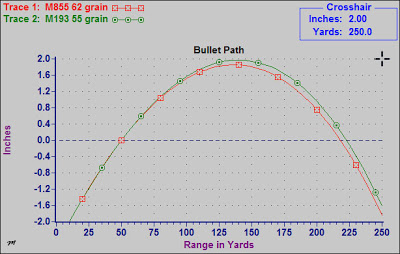



How To Zero Your Ar 15 For 50 0 Yards At Just 10 Yards Prepared Gun Owners
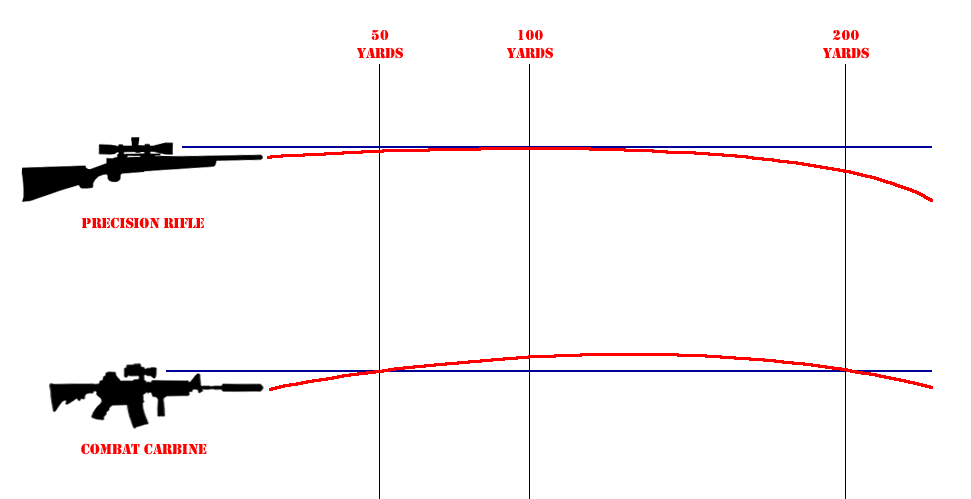



8541 Tactical Budget Precision Project Remington c Sd Scope Zeroing




223 And 308 Bullet Drop And Sighting In The Blog Of The Gritrsports Store




25 Yard Sight In 24hourcampfire




The Rifleman Part 3 Ballistics



2




The Best Zero For An Ar15 Isn T 50 Yards Or 100 It S Mpbr




Bistability And Oscillations In Cooperative Microtubule And Kinetochore Dynamics In The Mitotic Spindle Biorxiv



Zero For 30 06 Survivalist Forum




How To Zero Your Ar15 Rifle




Long Range Shooting Math Is Might Game Questions Escape From Tarkov Forum




Best Ar 15 Battlesight Zero Distance Pew Pew Tactical




Battlesight Zero




Shooterscalculator Com Ballistic Trajectory Calculator



If I Zero My 223 Ar 15 At 100 Yards Meters Which Path Is The Bullet Actually Following A Or B I M Trying To Figure Out What I Should Expect At Other Distances Guns




Stabilizing Climate Requires Near Zero Emissions Matthews 08 Geophysical Research Letters Wiley Online Library




Best Ar 15 Battlesight Zero Distance Pew Pew Tactical




What Distance To Sight In New Ar 15 Sniper Sharpshooter Forums




At What Range Should You Zero Your Rifle Blog




Battle Sight Zero Bzo Who Has It Right




Is A 100 Yard Zero The Best Ar15 Com




The Mythical 50 0 Yard Zero Uncle Zo




Inch High At 100 Yards And Mpbr Best Fox Call




Stand Off Distances For Domino Effect Caused By Intentional Acts Sciencedirect



1




300 Blackout Zero Arkansas Hunting



What Yard Zero Are You Guy S Using 100 0 Or 300 Page 2 Sniper S Hide Forum




Zeroing My Ar For 10 Yards Ar15 Com




Zeroing Scope At 100 Yards What To Expect At Closer Ranges Ruger Forum



Zeroing The M4 Rifle Archive Warrior Talk Forums




Applied Sciences Free Full Text Fractional Order Pii1 2dd1 2 Control Theoretical Aspects And Application To A Mechatronic Axis Html



After Some Testing I Am Saying Bye To The 100 And The 50 0 Yard Zeros 6 8 Spc Forums




Jp 1 1




Zero Information For Ar Rifile 25 Yard Zero Bullet Path Line Of Sight What S The Difference Youtube




Ar 15 Why The 50 Yd Zero Is Our Favorite Norse Defense




Barrel Length Trajectory And Learning Your Zero Everyday Marksman




Make Faster Hits And Improve Marksmanship With Your Point Blank Zero



36 Vs 50 Yard Ar 15 Zero Gun And Game Forum



At What Distance Do You Zero Your Ar Page 2 Defensive Carry




How To Zero The Kalashnikov Ak 47 Ak 74 The Savannah Arsenal Project




Can Someone Explain This 223 Zero Chart To Me Because I Feel Like A Retard Guns



36 Yard Zero Or 50 Yard Zero Ar15 Com



2




Intelligent Maximum Point Blank Range Method



Is It True That If My Rifle Is Zeroed For Let S Say 100 Yards And I M Shooting A Target At 50 Yards I M Supposed To Aim Below Where I M Trying To Hit




The Mythical 50 0 Yard Zero Uncle Zo




Modern Sporting Rifles What S Your Zero The Truth About Guns




What I Learned In 100 Rounds How To Zero An Ar15




How Far Should You Sight In A 223 16 Barrel Sbr
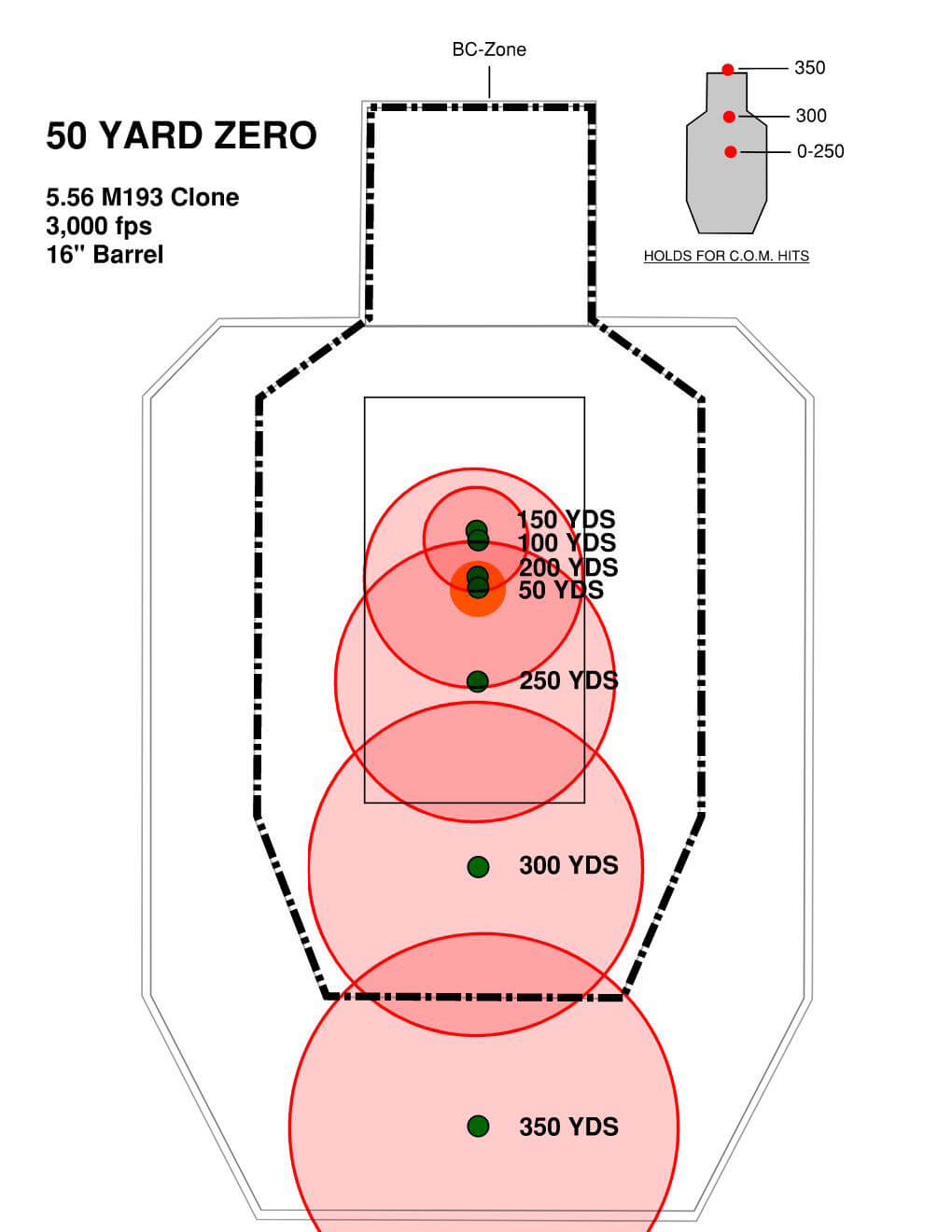



Is Your Carbine S Zero Wrong The Armory Life




Travis Haley On Holdover And Sight Over Bore Kr 15 Info And Resources For Firearms Enthusiasts



7 62 Ak Zero Question 25 0 On 2 Or 100m On 1 Ar15 Com
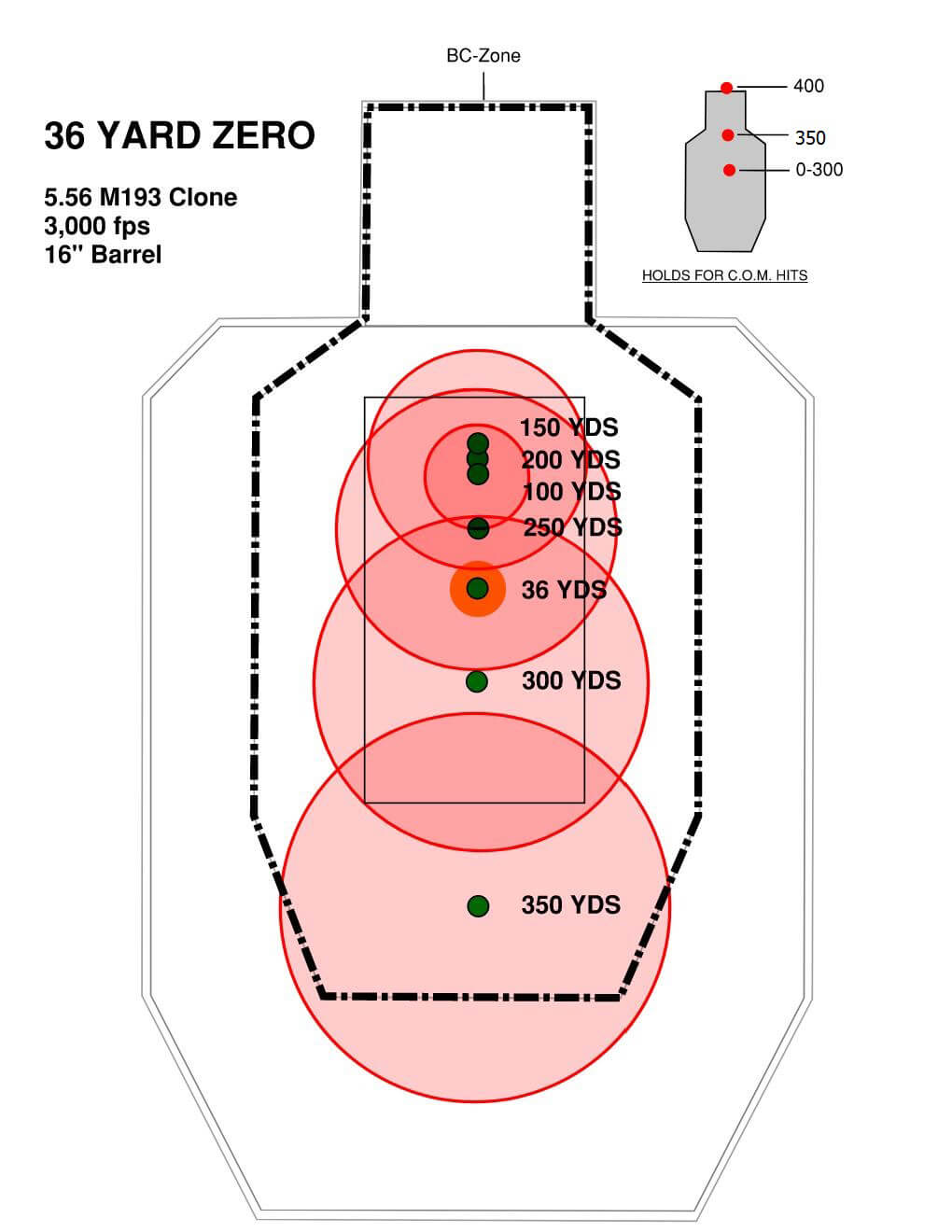



Is Your Carbine S Zero Wrong The Armory Life



Battle Sight Zero For Mini 14 Tutorial Perfect Union



Educate The Moron About Sight Zeroing Page 3 Northwest Firearms




Zeroing The Ar 15 At 25 36 50 Or 100 Yards The Outdoors Trader




Tell Me Why A 36 Yard Zero Is Dumb Page 4 Ar15 Com



300 Blackout Zero Arkansas Hunting
コメント
コメントを投稿